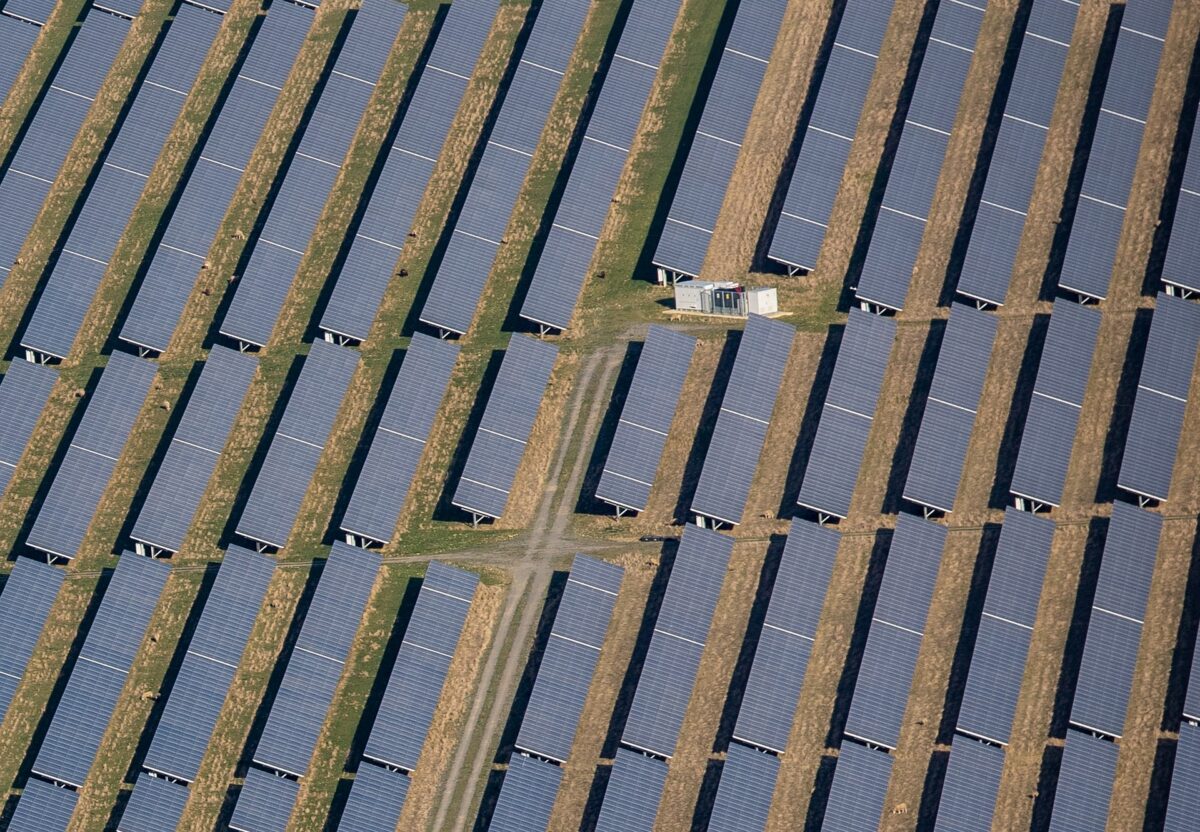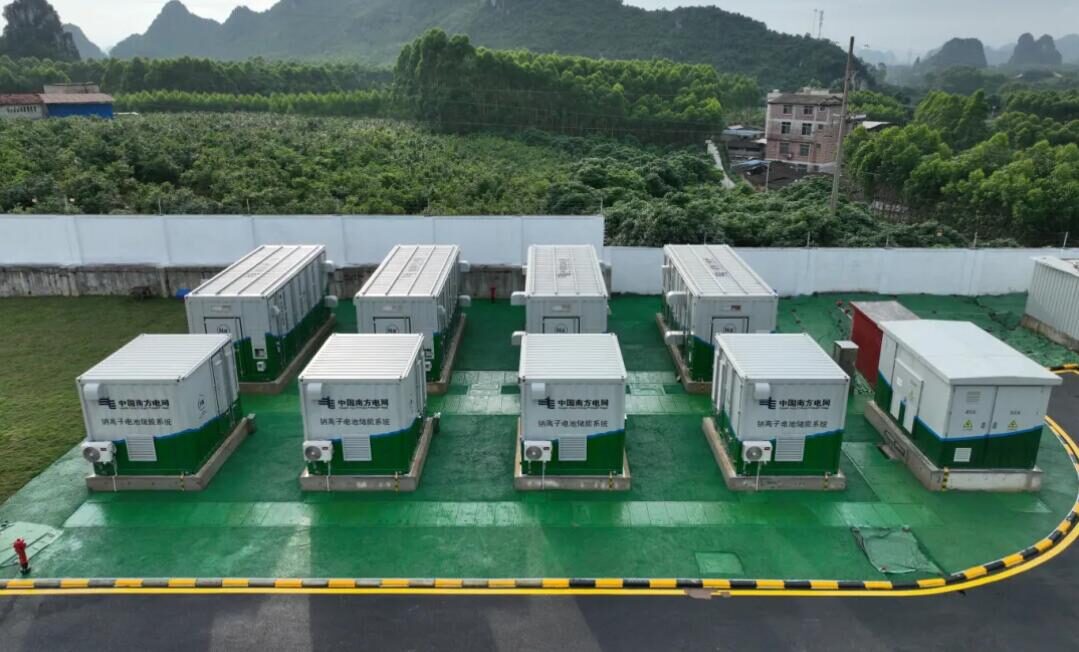A group of researchers from India has proposed a novel PV string fault detection technique for PV strings that utilizes multi-layer neural network (MLNN), a machine-learning technique that can handle complex relationships by learning their hierarchical representations.
“Line-to-ground (L-G) and line-to-line (L-L) faults are detected, classified, and localized with the help of the proposed technique,” said the academics. “The proposed MLNN technique requires just one current sensor to be installed for each string. However, it can identify problems in photovoltaic arrays of any size or degree of mismatch.”
The research group trained the fault detection technique on varied datasets with various environmental conditions. It considered parameters such as temperature, irradiance, and maximum power.
“In the case of nonlinear classification problems, multi-class deep neural networks are implemented in the extraction process,” explained the academics. “Multi-layer perceptron comes under the nonlinear arrangement, i.e., the nonlinear complex data is acceptable for the computation process. Each layer is interlinked with existing hidden units. Each hidden unit processes the weights with the help of the bias function.”
To test the MLNN detection method for PV string faults, the researchers simulated a 22.5 kW solar array comprising four parallel strings and 10-series modules. In the simulation, they obtained information about when the current dropped to zero and the differences in the current at the top and bottom modules of each string. Those measures were then processed into faults and discrepancies and compared to those presented by the detection model.
The researchers defined accuracy as “the fraction of the total number of accurate predictions made of potential outputs, divided by the total number of predictions made by the matrix.”
The proposed MLNN reportedly achieved an accuracy of 98.76% for detecting L-L faults, L-G faults, and bypass diode faults. This compares to an accuracy of 96.5% achieved by the probabilistic neural network (PNN), 92.1% by radial basis functions (RBF), and 90% by convolutional neural network (CNN), as cited in previous scientific literature.
Popular content
“The proposed MLNN technique can solve any nonlinear complex computations, handling a large amount of input faulty panel data, and quick prediction of fault,” concluded the researchers.
Their findings were presented in “Photovoltaic string fault optimization using multi-layer neural network technique,” published in Results in Engineering. The research team comprised academics from the Marri Laxman Reddy Institute of Technology and Management, the National Institute of Technology Andhra Pradesh, and the CVR College of Engineering.
This content is protected by copyright and may not be reused. If you want to cooperate with us and would like to reuse some of our content, please contact: editors@pv-magazine.com.



By submitting this form you agree to pv magazine using your data for the purposes of publishing your comment.
Your personal data will only be disclosed or otherwise transmitted to third parties for the purposes of spam filtering or if this is necessary for technical maintenance of the website. Any other transfer to third parties will not take place unless this is justified on the basis of applicable data protection regulations or if pv magazine is legally obliged to do so.
You may revoke this consent at any time with effect for the future, in which case your personal data will be deleted immediately. Otherwise, your data will be deleted if pv magazine has processed your request or the purpose of data storage is fulfilled.
Further information on data privacy can be found in our Data Protection Policy.